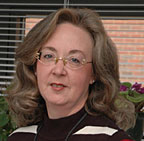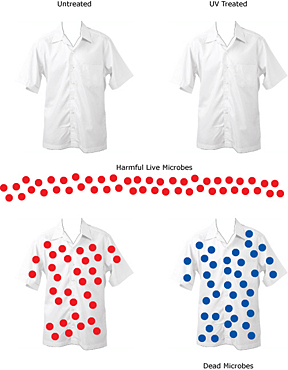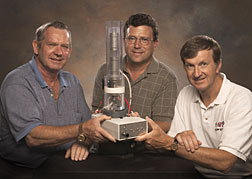| Research
|
NETL scientist Mary Anne Alvin may understand more than most the sentiment of music laureate Ira Gershwin, who once said: “A song without music is a lot like H2 without the O.” Alvin not only understands H2, having recently earned a patent for describing advanced composite metal/ceramic structures for the separation of hydrogen from high-temperature process-gas streams, but also understands the intricacies of music structure, having written a master's thesis based on her computer research of European music. “My heart and soul are into my scientific work but another part of me has a love for the arts,” Alvin said, explaining her master of arts degree in music sandwiched between a bachelor of science degree in microbiology/biophysics and a master of science degree in physical chemistry. In her world of science, Alvin has earned 22 patents over the past 30 years as an employee of Westinghouse Electric Corporation and later at Siemens Westinghouse Power Corporation. In addition, she has six more patents pending. At those companies, her research efforts focused on hot gas particulate filtration, catalytic combustion, gas separation membranes, and aerospace lubricants. As a physical scientist in NETL's Office of Science and Engineering Research, Alvin directly applies her corporate laboratory experience to her research at NETL, where she supports material and process technology development related to gas turbines, fuel cells, gas separation membranes, and catalysis. Currently, she is concentrating in two focus areas: selective catalytic oxidation of H2S, and thermal barrier coatings for oxy-fuel and hydrogen turbines. In the arts, Alvin currently serves as a master gardener for Phipps Conservatory, a renowned botanical garden in Pittsburgh, Pa. , and also designs and teaches stained glass. She also has a love for travel and languages, having learned French, German, and Russian in the past.Submitted by DOE's
National Energy |
|||||||||||||||||||||||||
|
Check out symmetry—the
|
Metallic fuels studied as
|




